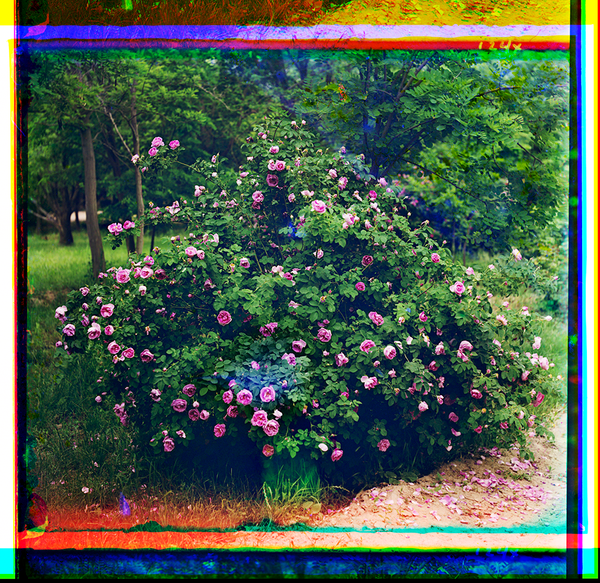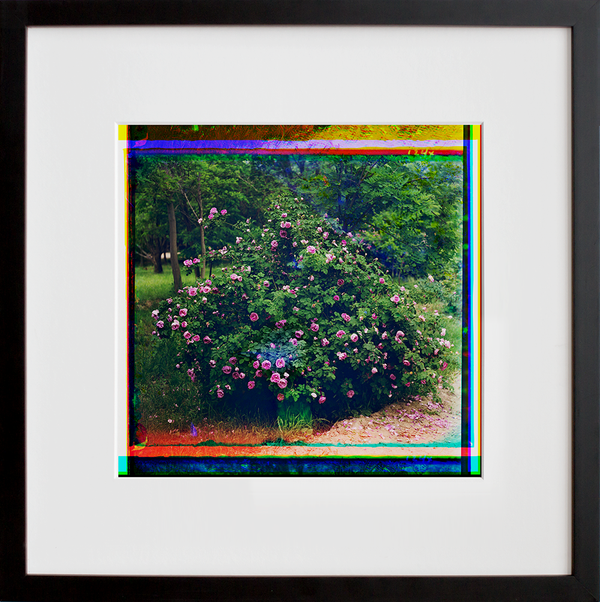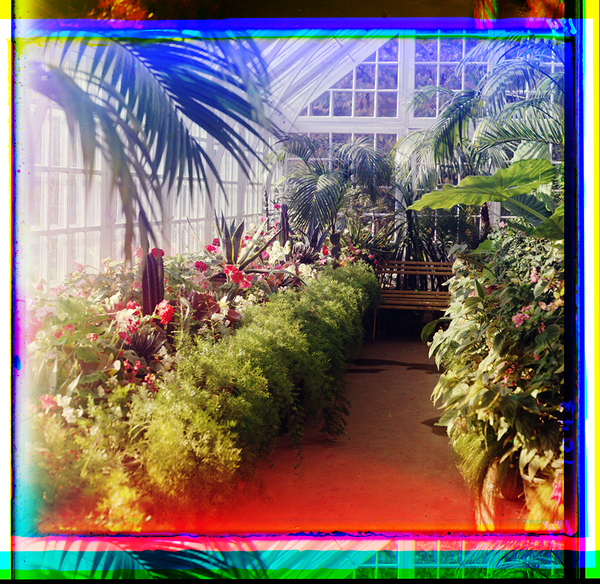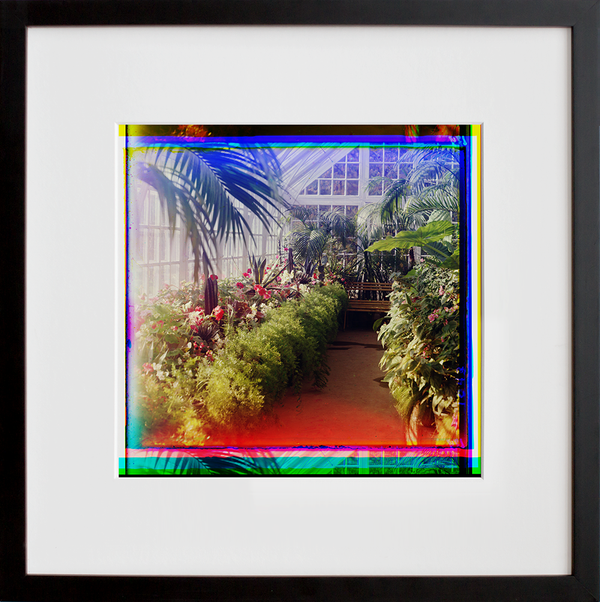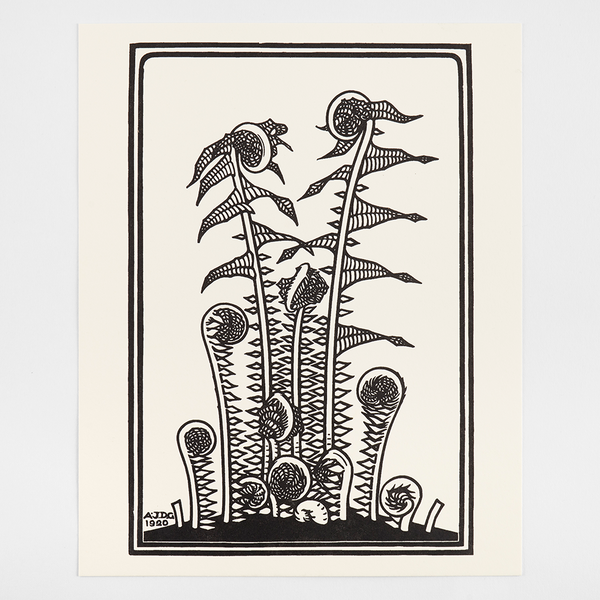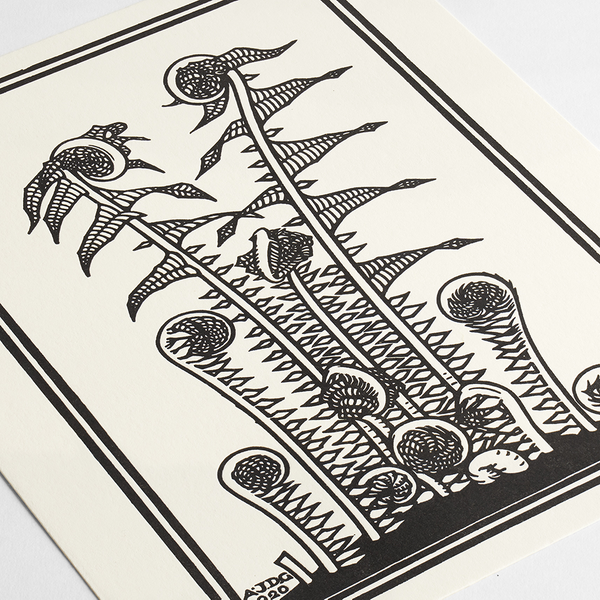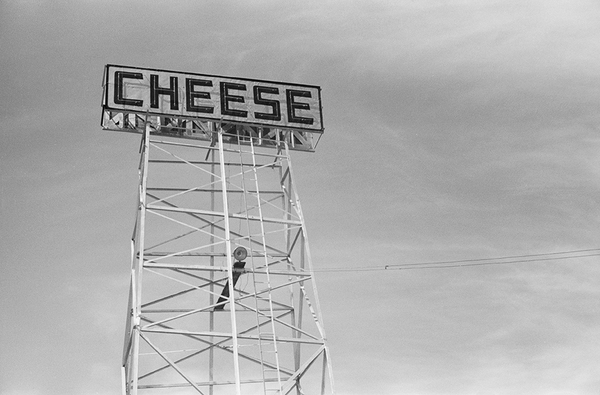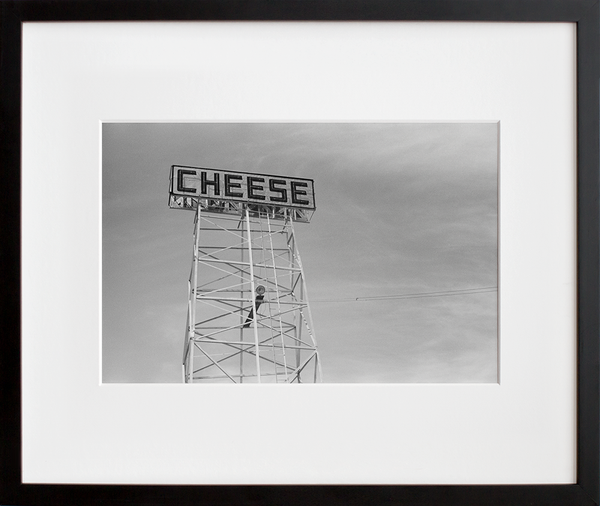Roses by Sergei Prokudin-Gorskii
8"x8" ($40) | 11"x11" ($85) | 16"x16" ($275) | 20"x20" ($675) | 30"x30" ($1,950)
Early 20th Century Russian artist Sergei Prokudin-Gorskii’s color-drenched photographs of his homeland are not only stunningly beautiful and electrically enduring, they are pioneering works of art on several levels. Prokudin-Gorskii tirelessly captured corners of then-Czar Nicholas II’s Empire that had never been documented before. Traveling in a railroad car-turned-darkroom sponsored by the Czar, the artist developed and championed methods of dynamic, vibrant image-making that were truly avant garde for the time.
In a conservatory by Sergei Prokudin-Gorskii
8"x8" ($40) | 11"x11" ($85) | 16"x16" ($275) | 20"x20" ($675) | 30"x30" ($1,950)
New York-based, internationally-recognized critic, curator, writer, educator and art authority Lyle Rexer wrote of Prokudin-Gorskii's process for our debut editions by the artist—Stog siena (Haystack) and Siren (Lilacs)—that “Where many photographers of the time might have created hand-colored lantern slides on glass (for public presentations), Prokudin-Gorskii shot his glass plate negatives in triplicate, with three color filters. When projected all at once in overlay through corresponding filters, the images appeared in vibrant color. Printing was a more complicated issue, and few prints were actually made. It’s likely the photographer built his own camera in order to make simultaneous exposures. He also made prints in sepia tone, an equally emphatic aesthetic gesture.”
Two additional works by Sergei Prokudin-Gorskii that we’re thrilled to edition in partnership with the Library of Congress, In a conservatory and Roses, were both shot and developed c.1905-1915 by the artist during the thick of his aforementioned photographic survey. Prokudin-Gorskii was not just a visionary documentarian, but a scientist—which is no surprise, given his creative drive to experiment with processes, composition, subject matter and, of course, color.
In a conservatory is riotous, lush and regal, showcasing the luxury of a verdant Russian greenhouse at the turn of the century in all of its vivid hues. Because of all of the artist’s carefully-made choices in rendering this photograph, we know that the ground was warm-toned earth, the flower’s petals delicate pinks and uproarious reds. We can fully appreciate the foil between the formal, crisply whitewashed architecture of the greenhouse’s window panes and the controlled wildness of its tropical treasures. Palm fronds in Russia–what a marvel! Without Prokudin-Gorskii’s capture, this wondrous place of solace and luxe greenery would never again be seen by human eyes. Thanks to him, we can imagine it all–the humidity, the wonder, and what it would be to sit on that bench, nestled in the back, taking it all in.
Roses, similarly, is an almost stolen-feeling portal to a moment in time long ago, in a place long lost. Compositionally, Prokudin-Gorskii’s giant, absolutely wild rose bush takes on an almost anthropormorphic quality. It becomes a creature one might encounter while walking down a forest path in a Russian fairy tale. It forces the viewer to confront and notice its heft, its plump, weighty blooms, its no doubt thorny mass. Prokudin-Gorskii seems to portray this mountainous body of roses with an attitude that marries approaches taken by not only Monet, but Magritte and Hockney. It’s delicate and dangerous. Confrontational and tempting. Yours to see forever, thanks to his eye, his skill and his dedication to pushing forward the dimensionality of his craft into something that not only documents, but emanates feeling while appearing shockingly contemporary all these years later. What gifts.
More work by Sergei Prokudin-Gorskii:

















